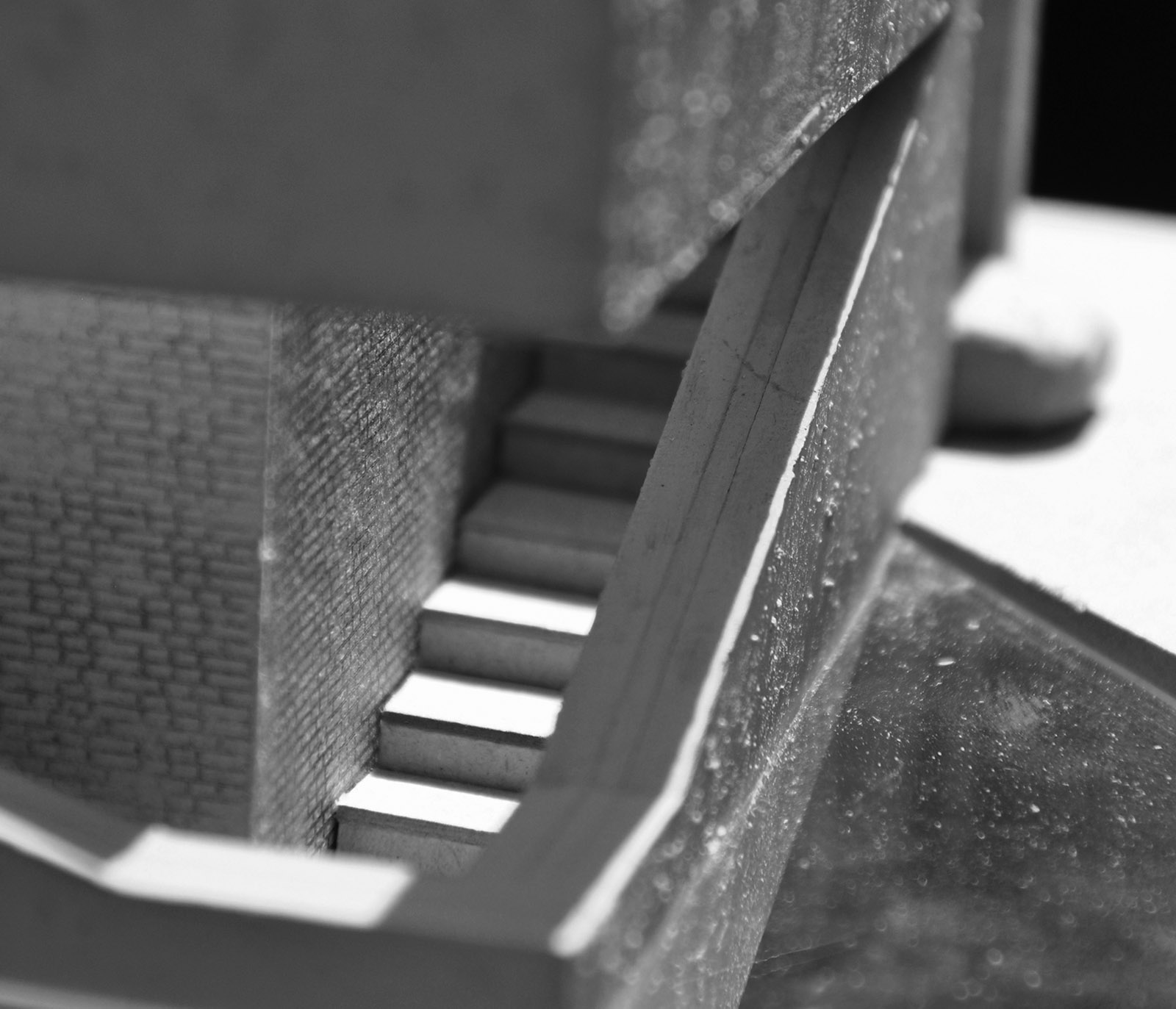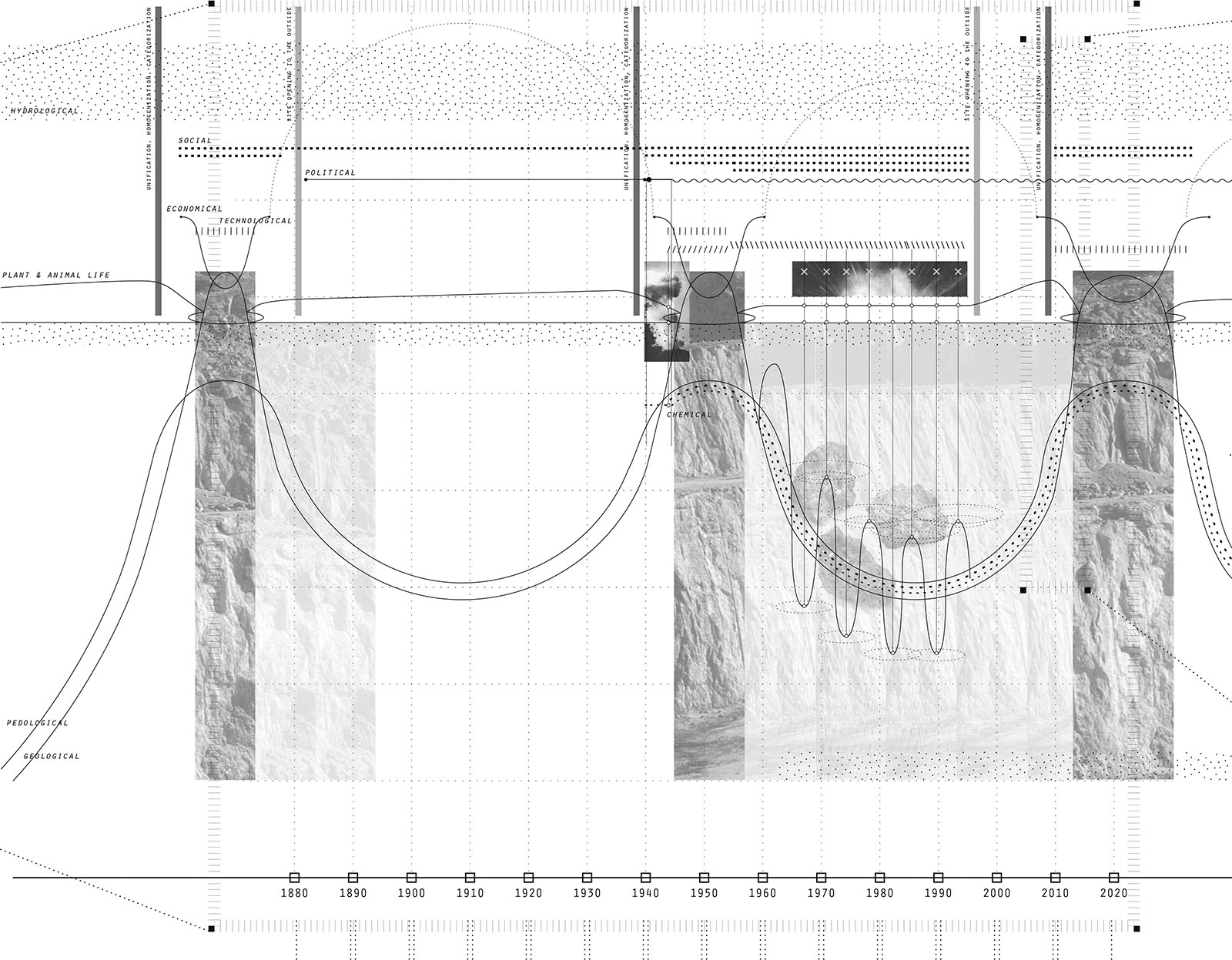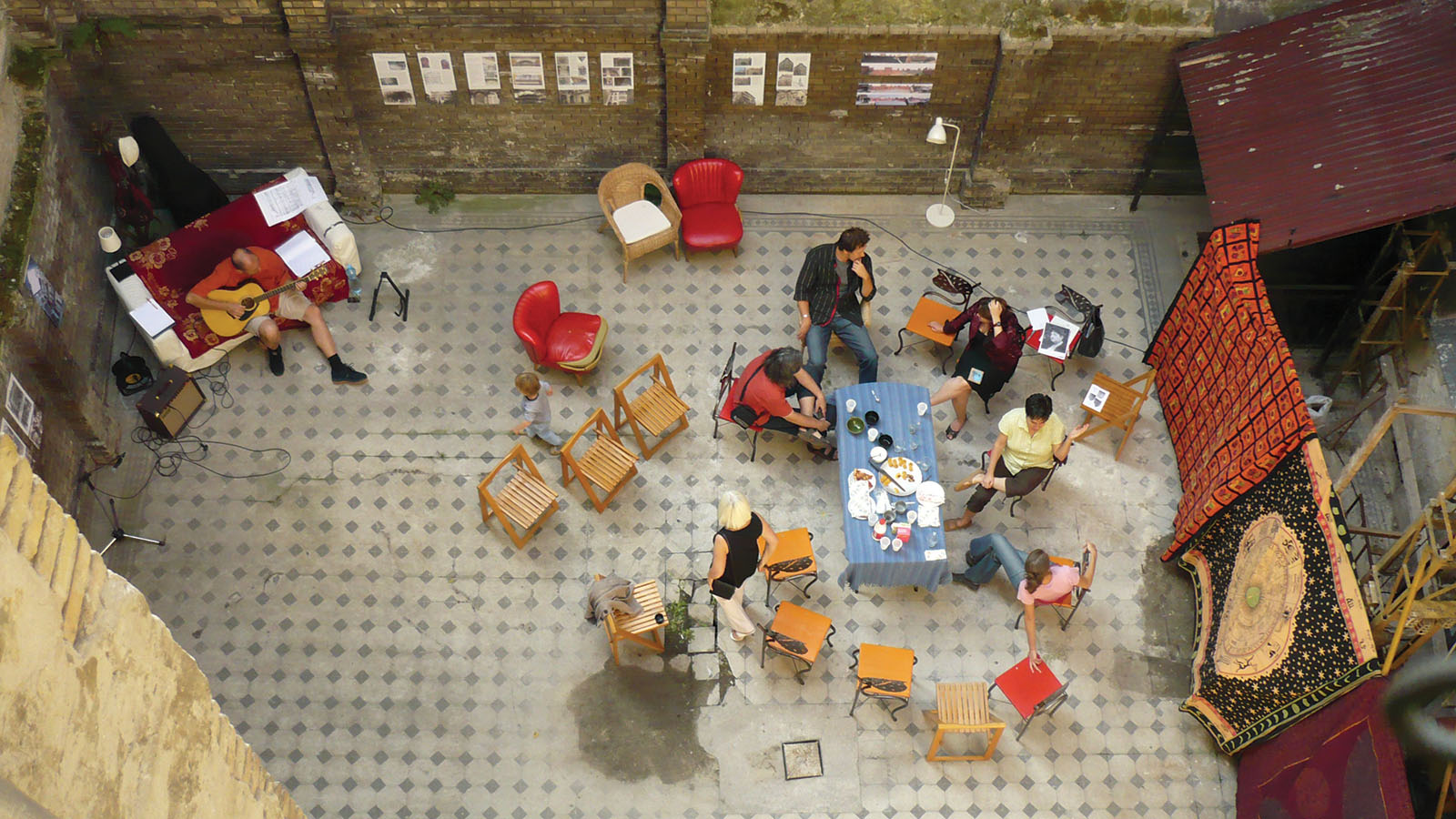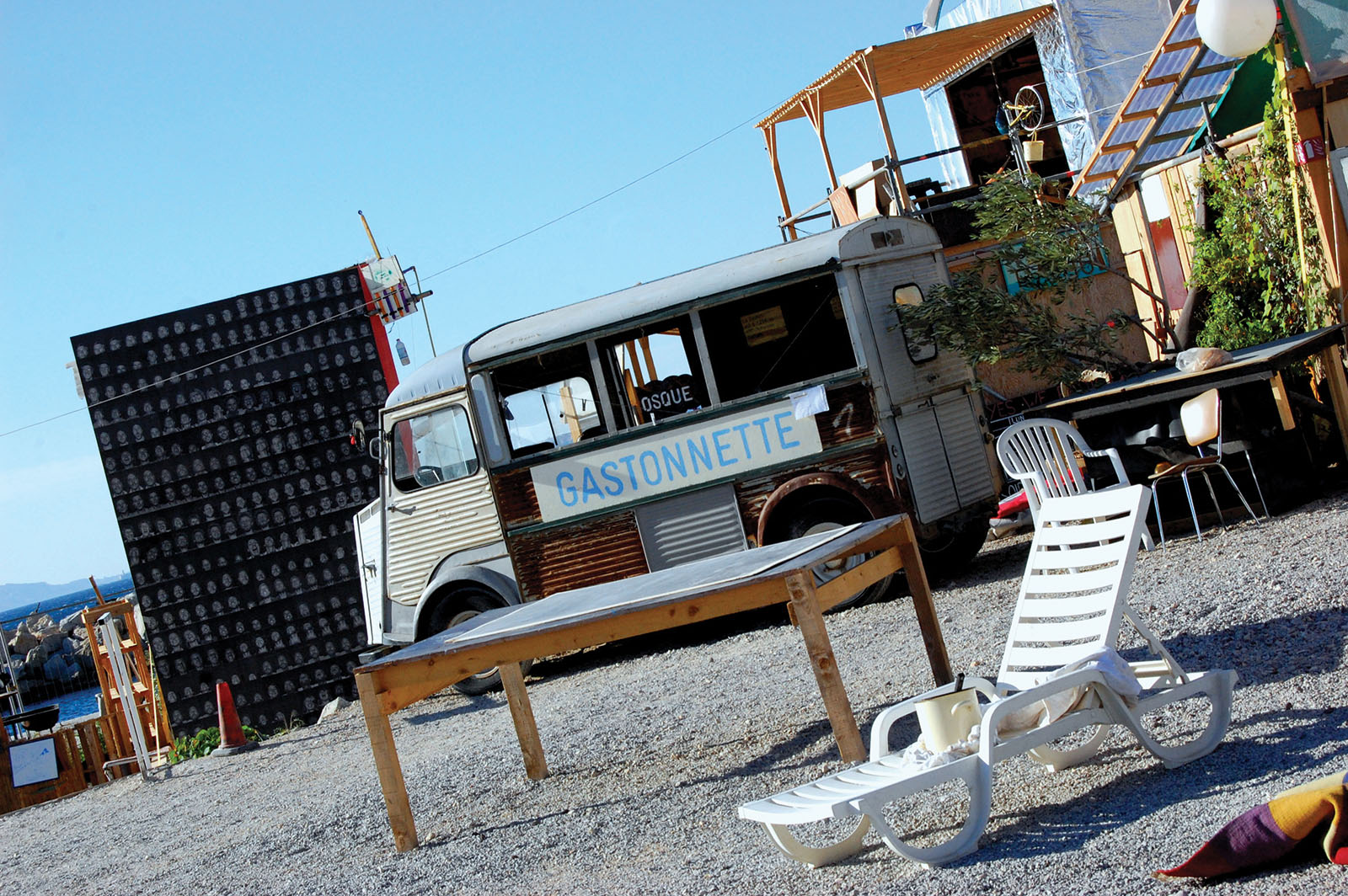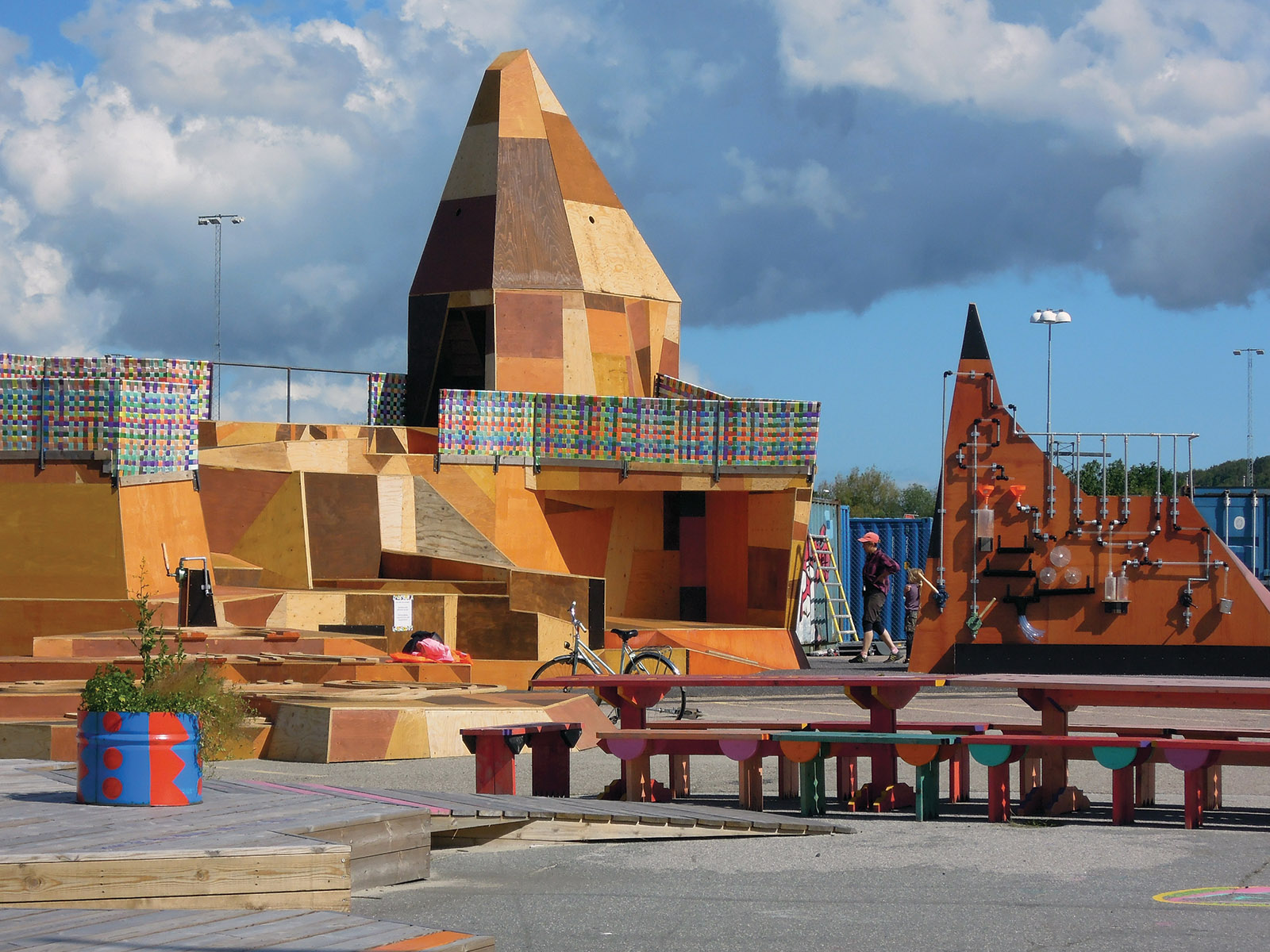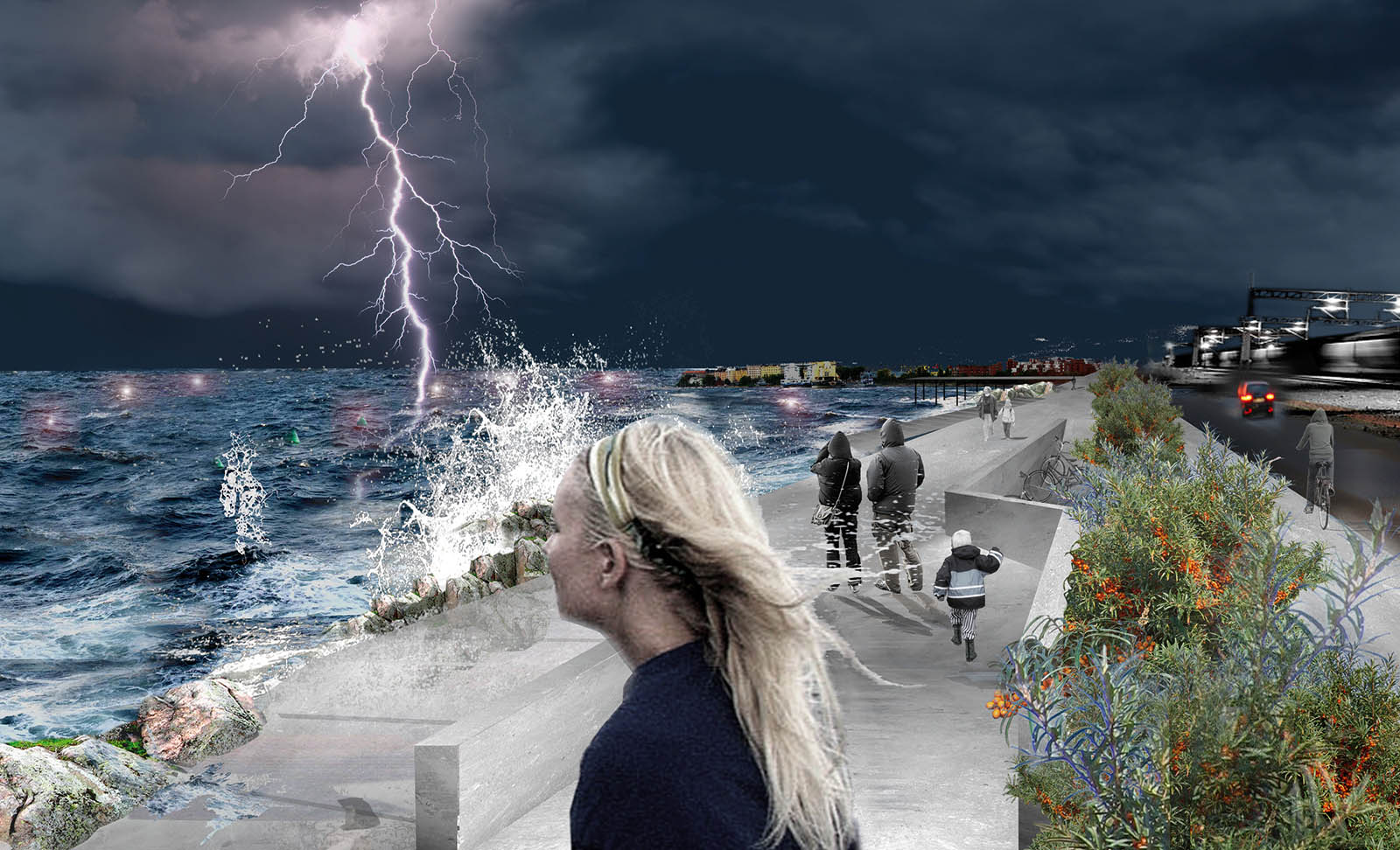
Practicing design for particular places
6 articles / 100 pages
E-ISSN 2215-0900
Issue editors
Dr. Ir. Saskia de Wit, TU Delft
Prof. Dr. Lisa Diedrich, Swedish University of Agricultural Sciences
Editorial
-
Since its first issue, SPOOL has used the term ‘landscape metropolis’ to address urban formations beyond the traditional city that – despite their increasing ubiquity - still lack in-depth attention from the perspective of aesthetic appreciation, designerly concepts of development, guidelines for planning and governance, and design theoretical apprehension. The prefix ‘landscape’ is used to describe attention to these topics through the lens of landscape architecture, and offers, we feel, some novel potentials: in considering the metropolis as a cultural phenomenon that is constructed...
Articles
-
This article explores a site-specific, narrative approach to placemaking in order to reveal ways of reading and reacting to spatial atmospheres. The contribution presents an MSc Architecture project that results in the design of three particular places on the fringes of the Dutch urban landscape by means of utilizing a narrative approach to reading and analysing the existing site-specific atmospheres. The three architectural follies designed within the landscape present opportunities for the insertion of narrative through experience, illuminating the contents within the existing context....
-
In an age when it is becoming increasingly apparent that disturbed sites (or any other sites for that matter) can never be fully managed, nor can their future development be entirely predetermined, this paper looks at disturbed sites’ landscape as a complex and metastable system. While it deals with disturbed sites in particular, more broadly it aims to encourage a general re-examination of landscape design that relies on the world in harmonious balance and the experience of visual pleasure, which, according to long-established structures, may please or offer timeless experiences...
-
The presented strategy reflects on the theme of sustainable urban regeneration, focusing on the importance of the role of public spaces in creating liveable cities. The theoretical background of the strategy deals with the changes taking place in the fields of public art and urban rehabilitation methodologies. The parallel drawn between the evolvement of the two fields leads to the introduction of a method which integrates public art interventions into the process of urban rehabilitation. Public art interventions become platforms that enable people to take an active role in creating and...
-
The presented paper builds on theoretical language borrowed from post-modern philosophy and humanist geography to investigate particular features of the artistic and participatory “Yes We Camp!” The article emphasizes a mutually reinforcing relationship between static properties of the site – its spatial organization, built environment and selection of materials – and its dynamic characteristics – social interactions, organizational form and the emotional resonance evoked in people. The paper shows that place particularity is symbolically conveyed by the spatial organization and built...
-
This design critique explores how a top-down approach of conventional planning coincides with a do-it-(y)ourself project that evolved from the site and is facilitated by a designated mediator working within in city administration with the purpose of bridging the city’s disconnected departments. Hence, the project called Jubileumsparken 0.5 was instigated in 2013 as a place making project in concurrence with urban planning undertakings in order to facilitate a redevelopment of the harbour area of Frihamnen in Gothenburg, Sweden. The purpose of this ongoing...
-
The article addresses the theme of ‘particular places’ in the contemporary landscape metropolis by focusing on the temporal, climatic and geographic specificity that determines each place as unique. In particular, it explores how design can support the appreciation of a ‘particular place’ by enhancing the readability of its temporal, climatic and geographic constituents through an engagement with local weather phenomena.
The article considers the capacity of design to foreground the particularity of a place by connecting to its weather through a critical reading of SLA’s...
